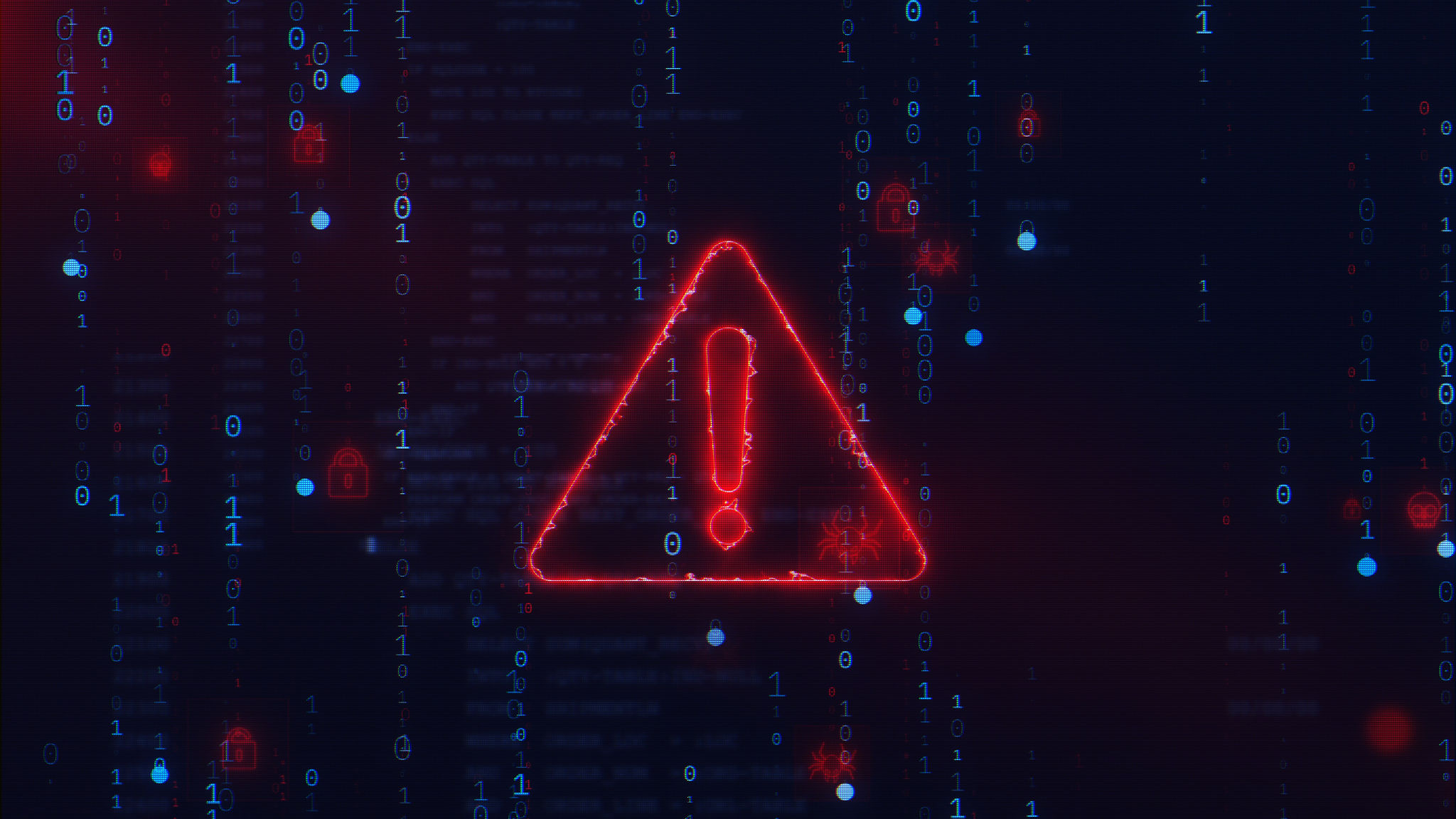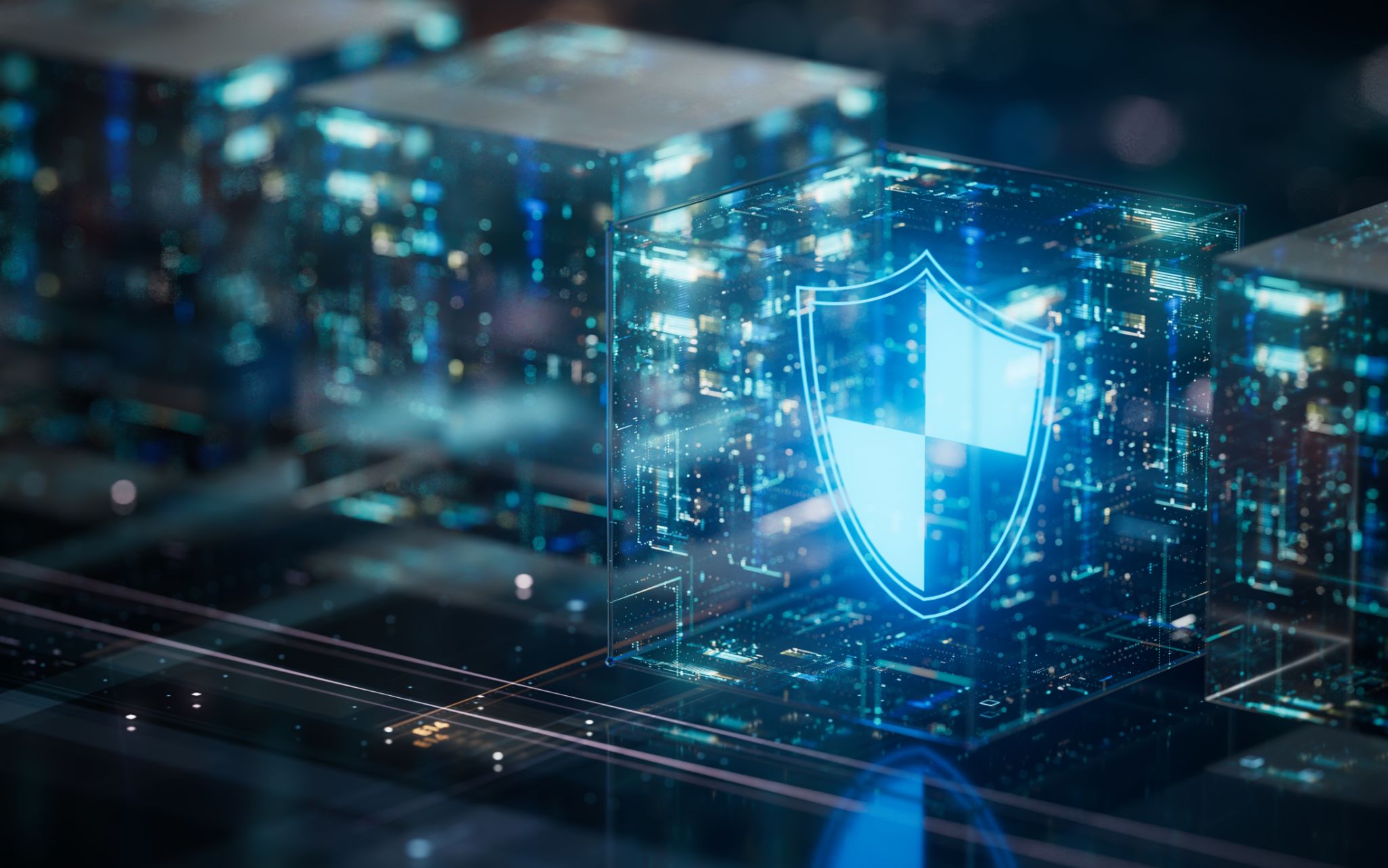Cybersecurity Essentials: Protecting Your IT Infrastructure Against Emerging Threats
Understanding the Cybersecurity Landscape
As technology continues to evolve, so do the threats to our digital infrastructure. Cybersecurity remains a top priority for businesses of all sizes, as cybercriminals become more sophisticated in their attacks. A strong cybersecurity strategy is essential to protect your IT infrastructure against these emerging threats. The need for vigilance and proactive measures has never been more critical.

Identifying Common Threats
Cyber threats come in various forms, each with its unique challenges. Some of the most common threats include:
- Phishing: Attackers use deceptive emails to trick users into revealing sensitive information.
- Ransomware: Malicious software that encrypts files and demands payment for their release.
- Malware: Software designed to disrupt, damage, or gain unauthorized access to computer systems.
Understanding these threats is the first step in crafting a robust defense strategy.
Implementing Strong Security Measures
To safeguard your IT infrastructure, it's crucial to implement comprehensive security measures. Begin with the basics, such as using strong passwords and regularly updating software. Beyond these essentials, consider deploying advanced security solutions like firewalls, intrusion detection systems, and antivirus programs. Regularly updating and patching all systems can significantly reduce vulnerabilities.

Employee Training and Awareness
Your cybersecurity measures are only as strong as your weakest link. Often, this weakness comes from within the organization. Providing regular training and awareness programs for employees can help mitigate this risk. Employees should be trained to recognize phishing attempts, understand data protection policies, and follow best practices for secure communication. Cultivating a culture of security awareness is essential for any organization.
Regular Security Audits
Conducting regular security audits is a key practice in identifying potential vulnerabilities within your IT infrastructure. These audits can help you detect weaknesses before they are exploited by malicious actors. A thorough audit should include network assessments, penetration testing, and policy reviews. By proactively identifying and addressing vulnerabilities, you can strengthen your overall security posture.

Incident Response Planning
No system is completely immune to cyberattacks. Therefore, having a well-defined incident response plan is crucial. This plan should outline the steps your organization will take in the event of a security breach. Key components of an incident response plan include:
- Identifying the incident and assessing its impact.
- Containing the breach to prevent further damage.
- Eradicating the threat from your systems.
- Recovering affected systems and data.
- Reviewing and learning from the incident to improve future resilience.
The Role of Technology in Cyber Defense
Innovative technologies such as artificial intelligence and machine learning are playing an increasingly vital role in cybersecurity. These technologies can help detect anomalies and potential threats in real-time, allowing for quicker response times. By integrating such technologies into your cybersecurity strategy, you can enhance your ability to anticipate and counteract emerging threats effectively.

Staying Informed and Adaptive
The cybersecurity landscape is ever-changing, with new threats emerging regularly. Staying informed about the latest trends and threat vectors is crucial for maintaining a secure IT environment. Subscribe to cybersecurity newsletters, attend industry conferences, and participate in online forums to keep abreast of the latest developments. An adaptive approach allows you to modify your defenses according to the evolving threat landscape.
In conclusion, protecting your IT infrastructure against emerging threats requires a multi-faceted approach involving technology, employee training, regular audits, and a solid incident response plan. By taking these essential steps, your organization can build a resilient defense against the ever-present threat of cyberattacks.